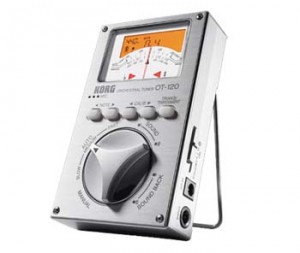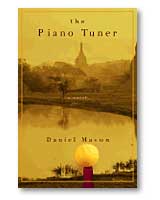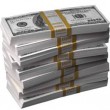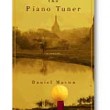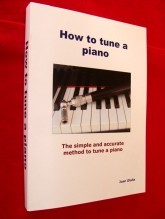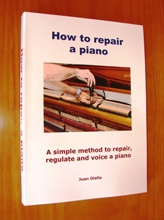Is it profitable to tune pianos? A few days ago, looking the statistics at the control panel of this site, I saw an interesting phrase by which somebody found us in the Google search engine. This was the phrase: Is it profitable to be a piano tuner?
![d[1]](https://howtotuneapiano.com/blog/wp-content/uploads/2011/09/d1.jpg) It seemed such a good question that I immediately started to write this post. Of course the question does not have an easy answer, since the matter depends a great deal on the individual. In my case, I never entered this profession with the idea of making money, but by pure interest and fascination in the world of pianos, and humbly I must admit that although obviously I never became a millionaire; I managed to make a decent comfortable living.
It seemed such a good question that I immediately started to write this post. Of course the question does not have an easy answer, since the matter depends a great deal on the individual. In my case, I never entered this profession with the idea of making money, but by pure interest and fascination in the world of pianos, and humbly I must admit that although obviously I never became a millionaire; I managed to make a decent comfortable living.
I always have thought that if somebody engages in something with real enthusiasm and commitment, sooner than later things will roll your way and eventually this will translate into economic gain, even without having sought it. However I am not so sure that in the reverse order, that is engaging in a profession with the sole purpose of making money, will produce the same results. The profession of piano technician is no doubt one of the most beautiful and interesting careers that exists, especially if you have a genuine interest in music and arts in general.
The profitable potential is of course there, within your reach, but as in any other trade, the competition can be somewhat strong. At the end of the day, are the competent, honest and skillful piano tuners, the ones that are more in demand, and obviously the ones that will get a higher income. There are three types of people who tune pianos.
The first group is the ones who play piano for pleasure and learn to tune pianos in order to tune their own piano. Usually they are perfectionist people who like to have their piano always in tune and obviously not bother saving the money that costs calling regularly a piano tuner.
The second group consists of people who tune their own piano but also dare with others (friends, family, and so) pianos, making from piano tuning a part time profitable activity. I think this is the largest group, I know quite a few people who have a regular job and also tune and repair pianos for money at weekends and in their free time.
The third group is the full-time professionals, usually people who have been in this trade for many years and have a considerable level of practice and experience. Many of them (myself for example) have converted their hobby into a full time job. Net income of these “pros” (as in any job) varies according to circumstances and personal competence.
So, to be specific we could calculate the monthly income of a busy full time skillful piano tuner around 3 or 4 thousand Euros, which roughly makes around 5 thousand USD. If we are talking about a part time “amateur”, the monthly income could be something from a few hundred up to 1 or 2 thousands. Which by the way, wouldn’t allow you to buy the Ferrari, but never the less will let you lead a reasonably comfortable life.
I truly believe that if you have a real interest in this fascinating topic and would like to deepen your knowledge and follow a career as piano technician, my books “How to tune a piano” and “How to repair a piano” will be of great help and a very positive asset for you to achieve your goals. https://howtotuneapiano.com/blog/?page_id=70
© Copyright Juan Olalla 2011. All rights reserved www.howtotuneapiano.com
Important notice: Reproduction of this article (or any other articles contained in this site) in part or in whole is strictly prohibited, unless permission is given directly by the copyright owner. Contact: Juan Olalla at [email protected]
Has this article been helpful to you, do you have any question? You are welcome to leave a reply. Your opinion, comments and/or suggestions are highly appreciated. Thanks
